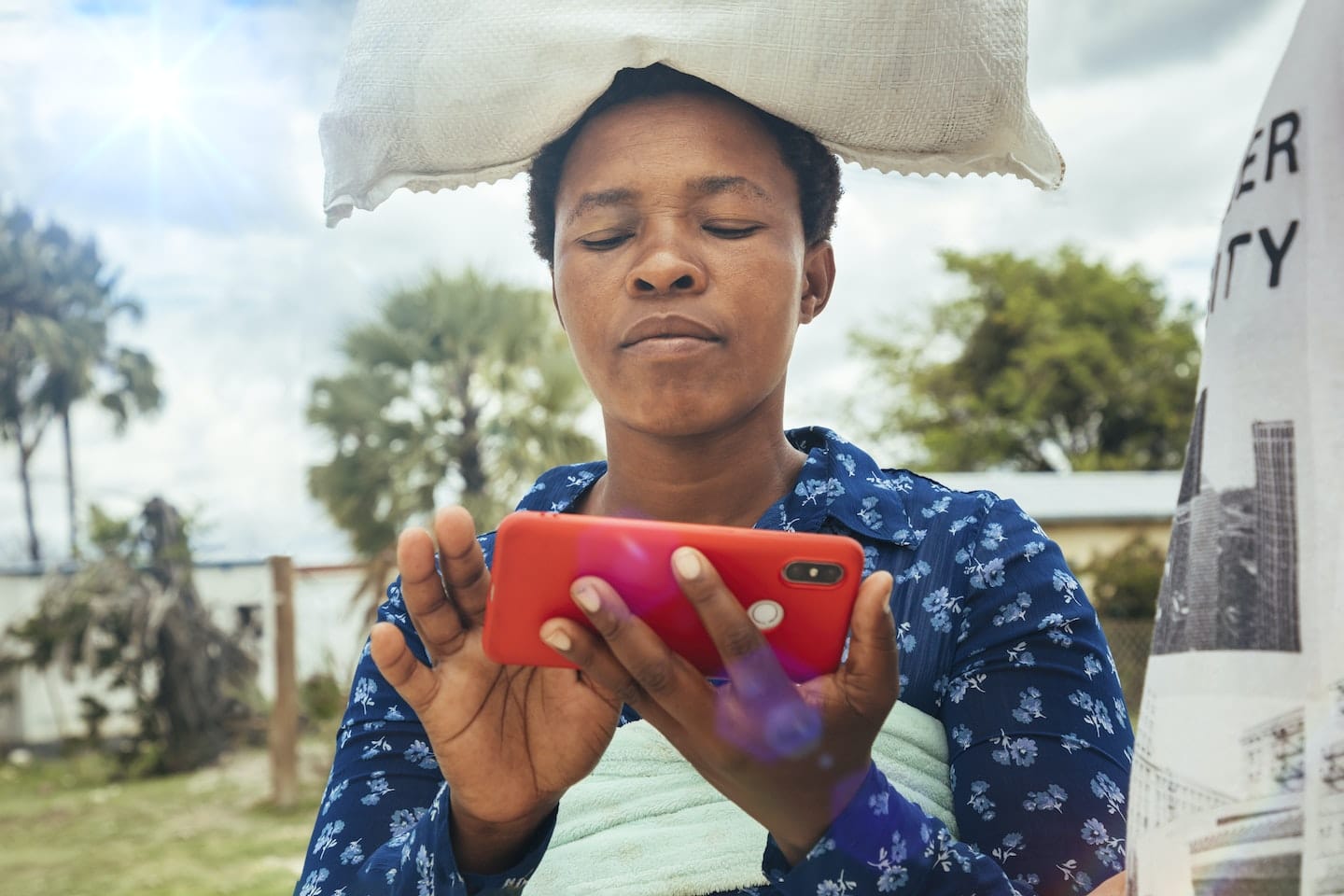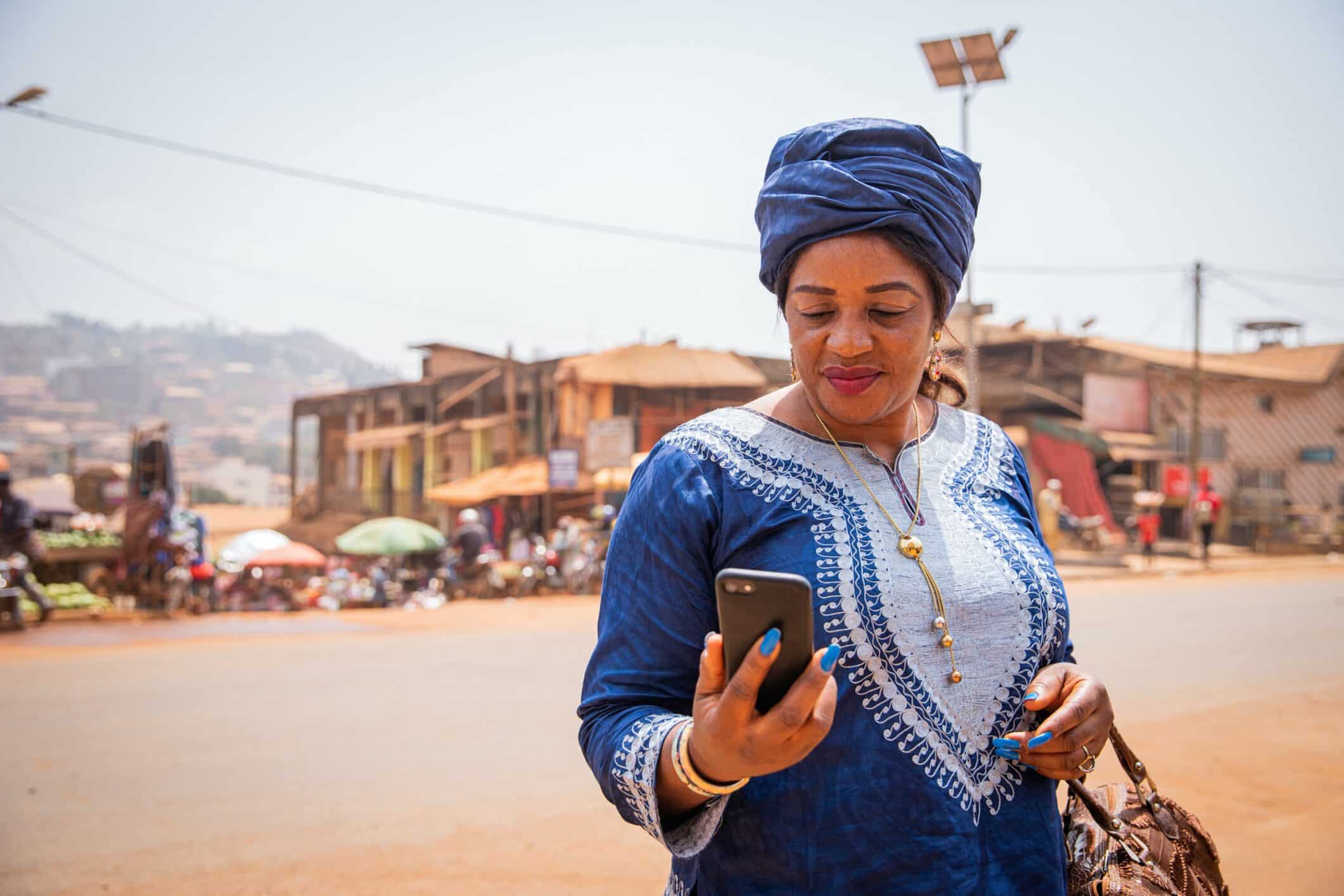Warning: if you want some time out from annoying work calls, the excuse ‘I didn’t have any signal’ is increasingly implausible. It’s been announced by the GSMA, the body that unifies the global mobile ecosystem, that 95 per cent of the world’s population now has access to mobile broadband networks with 55 per cent (4.3 billion people) now actually connected to mobile internet. That’s up from 43 per cent in 2017.
The GSMA’s annual State of Mobile Internet Connectivity Report states that providing coverage to the remaining five per cent (what they call the “coverage gap”) still remains an important challenge, but the bigger issue is the 3.2 billion people, equivalent to 40 per cent of the population, who are covered by a mobile broadband network but face barriers that prevent them from getting online (the “usage gap”).
These barriers include a variety of different issues, which are more or less prevalent in different countries and populations. A lack of literacy and digital skills can simply put people off from getting online. The affordability, particularly of handsets, is another issue. Access to relevant content and services can also be a problem as well as safety and security concerns and access issues.

Mobiles often provide the only internet access in low and middle income countries. Picture by poco_bw on iStockPhoto
The impacts of these challenges have far-reaching consequences, especially in low- and middle-income countries where mobile is the primary – and in many cases only – form of internet access.
Some 94 per cent of the world’s “unconnected” population – who are more likely to be poor, living in rural areas and women – live in these countries. Lack of internet access holds them back from playing an active role in an increasingly online world, making them less able to cope with the continuing economic and social disruptions caused by the COVID-19 pandemic, climate change, rising energy prices and the cost-of-living crisis. These barriers also prevent them from being able to access critical information and services such as healthcare, education, e-commerce, financial services and income-generating opportunities.
GSMA Director General Mats Granryd commented: “More than 55% of people globally are now benefitting from the transformational power of mobile internet connectivity. Mobile operators worldwide have now extended mobile coverage to 95% of the global population, and continue investing every day to increase that footprint. We should celebrate that achievement, but we shouldn’t let it blind us to the even bigger challenge.”
He continued: “It’s time to make real strides on the journey to reach the 3.2 billion people who are not yet using mobile internet despite living within the footprint of mobile broadband networks. We call on governments and organisations worldwide to work alongside the mobile industry and make digital inclusion a genuine priority. Removing barriers to mobile internet adoption will boost economic recovery, improve social mobility and gender equality, and transform the lives of millions worldwide.”
Subscribe
Sign-up to receive our newsletter





